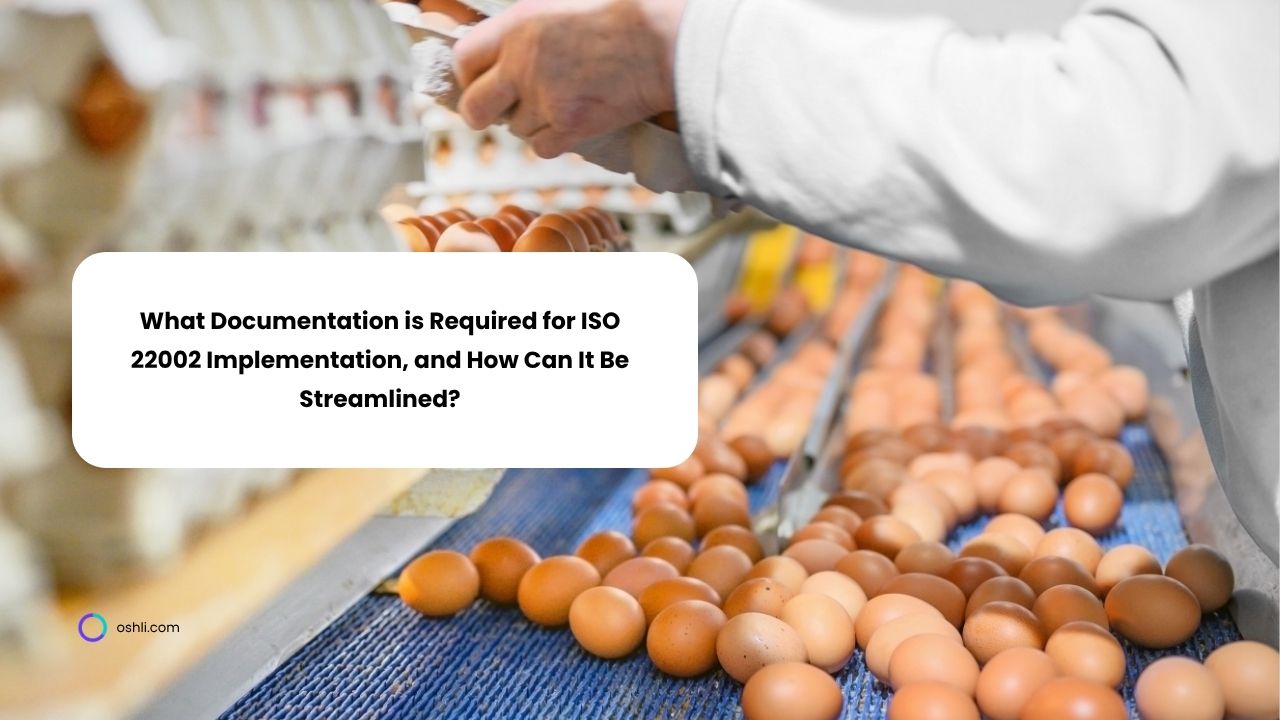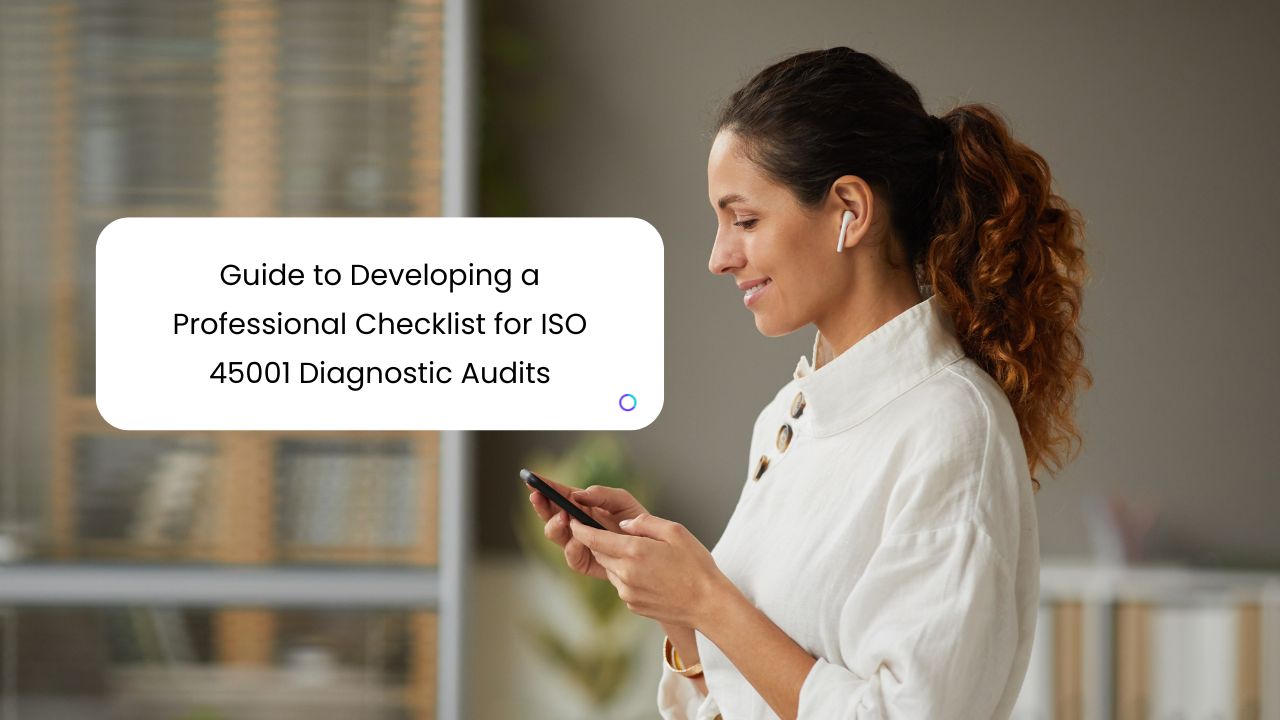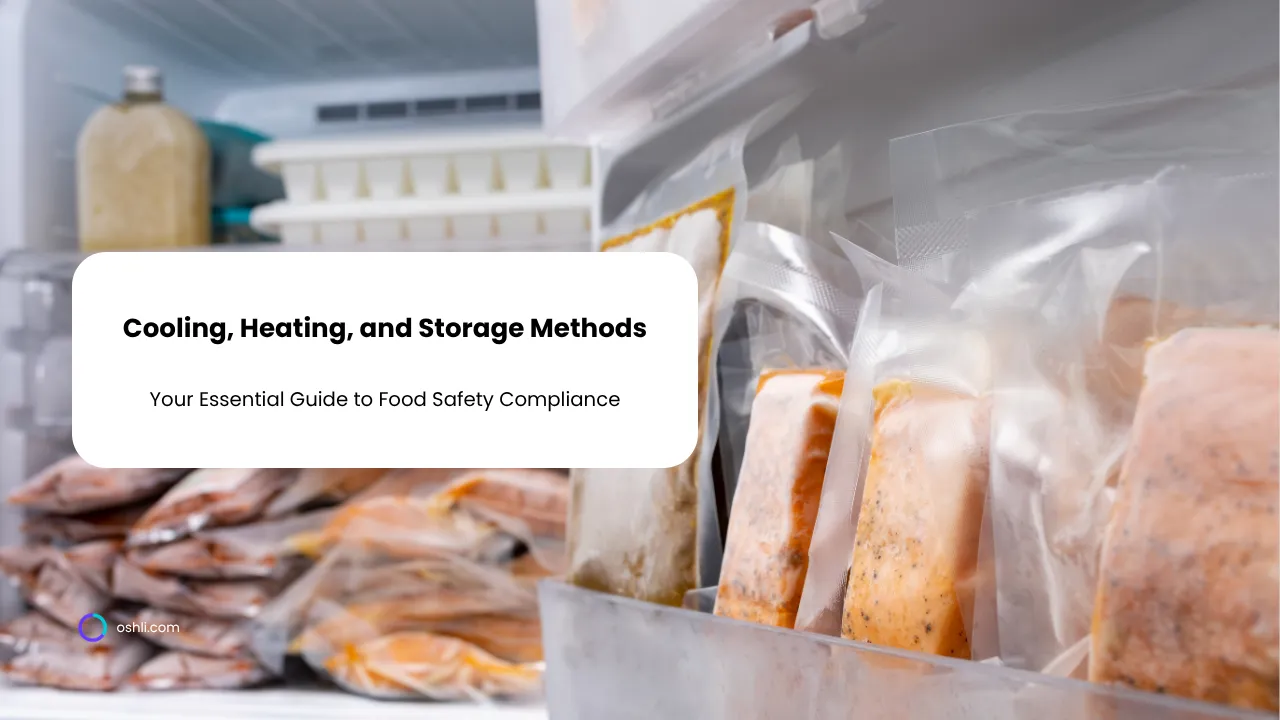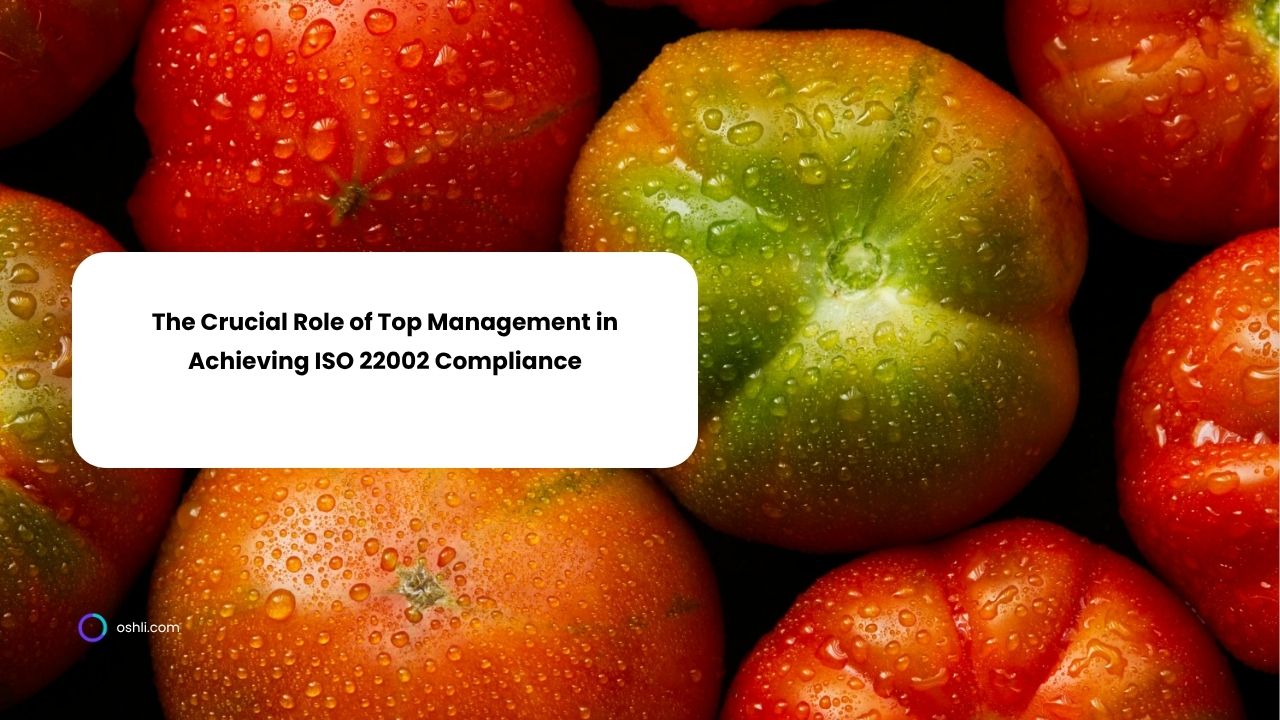
What Documentation is Required for ISO 22002 Implementation, and How Can It Be Streamlined?
In the dynamic world of food safety, ISO 22002:2025 stands as a cornerstone for prerequisite programs (PRPs). As the updated series—including the new ISO 22002-100:2025 for common requirements—organizations in the food, feed, and packaging supply chain must ensure their documentation supports effective hazard control. But fear not: with the right approach, streamlining this process can make compliance feel less like a chore and more like a smart investment in your operations.
Understanding ISO 22002 and Its Documentation Needs
ISO 22002 outlines PRPs that form the foundation of any food safety management system (FSMS), complementing standards like ISO 22000. These programs address foundational controls such as hygiene, pest management, and facility layout to prevent contamination before hazards reach critical control points.
Key SEO keywords like 'ISO 22002 prerequisite programs' and 'food safety documentation requirements' highlight the need for clear, auditable records. Without proper docs, even the best intentions fall short during audits.
Essential Documentation for ISO 22002 Implementation
To implement ISO 22002 effectively, focus on these core categories of documentation. Remember, the modular structure of the 2025 series (base + sector-specific parts) allows tailored application, but common elements apply across sectors like manufacturing (ISO 22002-1) and retail (ISO 22002-7).
-
PRP Policy and Manual: A high-level document outlining your commitment to PRPs. Include scope, responsibilities, and references to ISO 22002-100:2025. This sets the tone for your 'food safety management system'.
-
Procedures for Key PRPs: Detailed SOPs for each program, such as:
- Facility Layout and Construction: Site plans, building schematics, and maintenance schedules to ensure hygienic design.
- Utilities Management: Records of water quality testing, air filtration logs, and energy audits.
- Waste and Sewage Disposal: Protocols and verification records for drainage systems and waste segregation.
- Equipment Suitability: Calibration certificates, cleaning validation reports, and accessibility maps.
- Purchased Materials Control: Supplier approval forms, incoming inspection checklists, and traceability logs.
- Cross-Contamination Prevention: Zoning diagrams and segregation procedures.
- Cleaning and Sanitizing: Validation studies, schedules, and efficacy tests (e.g., ATP swabbing results).
- Pest Control: Contracts with service providers, monitoring logs, and bait station maps.
-
Personnel Hygiene: Training records, health questionnaires, and handwashing station audits.
-
Monitoring and Verification Records: Daily/weekly logs for PRP effectiveness, like temperature charts for storage or hygiene checklists. Annual reviews and gap analyses ensure ongoing compliance.
-
Training and Competence Documentation: Attendance sheets, competency assessments, and awareness programs tied to PRP roles.
These align with 'ISO 22002 implementation guidelines', emphasizing documented information per Clause 7.5 of ISO 22000.
Streamlining Your ISO 22002 Documentation Process
Streamlining doesn't mean cutting corners—it means working smarter. Here's how to make 'streamlining ISO 22002' a reality:
-
Conduct a Gap Analysis First: Compare your current docs against ISO 22002-100:2025 using templates from certification bodies. This identifies quick wins and avoids over-documentation.
-
Leverage Digital Tools: Adopt FSMS software for automated record-keeping. Cloud-based platforms track PRP verifications in real-time, reducing paper trails and errors. Integrate with ERP systems for seamless supplier data flow.
-
Use Standardized Templates: Download PRP checklists from reliable sources like GFSI or ISO previews. Customize once, then replicate across sites—saving hours on repetitive tasks.
-
Integrate with Existing Systems: If you're ISO 22000 certified, embed PRP docs into your FSMS. This minimizes silos and boosts efficiency, especially for multi-site operations.
-
Train Smartly: Short, engaging sessions on documentation best practices empower teams. Regular audits (quarterly) catch issues early, turning compliance into a team effort.
By focusing on these, you'll cut implementation time by up to 30%, per industry benchmarks, while enhancing food safety.
Wrapping Up: Your Path to Compliant Confidence
Navigating ISO 22002 documentation requirements can seem daunting, but with structured PRPs and smart streamlining, it's achievable—and rewarding. Prioritize clarity, consistency, and technology to build a resilient food safety framework. Ready to optimize? Start with that gap analysis today. Your team, auditors, and customers will thank you!
Join our newsletter!
Enter your email to receive our latest news.
Don't worry, we don't spam
Related Articles

Guide to Developing a Professional Checklist for ISO 45001 Diagnostic Audits
The ISO 45001 standard establishes a framework for Occupational Health and Safety Management Systems (OHSMS), aiming to enhance employee safety, reduce workplace risks, and create safer working conditions. A diagnostic audit aligned with ISO 45001 is a proactive approach that allows organizations to assess current compliance, identify weaknesses, and prioritize improvements. Central to this process is a professionally structured checklist that ensures consistency, accuracy, and depth in audit execution.

Cooling, Heating, and Storage Methods: Your Essential Guide
Discover how to create a cooling, heating, and storage methods template to ensure food safety, meet compliance, and optimize temperature control with free templates.

The Crucial Role of Top Management in Achieving ISO 22002 Compliance
Explore how top management's leadership drives ISO 22002 compliance, ensuring robust food safety management through commitment, policy, and oversight.


